Development and Validation of a Machine Learning Method to Predict Intraoperative Red Blood Cell Transfusions in Cardiothoracic Surgery
A novel machine learning (ML) method has been developed to predict red blood cell (RBC) transfusion requirements in cardiothoracic surgery, enhancing blood inventory management and preoperative hemorrhage risk assessment. Utilizing data from 2410 surgeries between May 2014 and June 2019, with an additional 437 cases for validation, this method employs a hybrid approach combining Gaussian Process regression and classification algorithms. The model accurately predicts both minor (0 to 3 units) and significant (4+ units) RBC transfusions, showing promise for integrating ML into surgical planning and patient care optimization.








